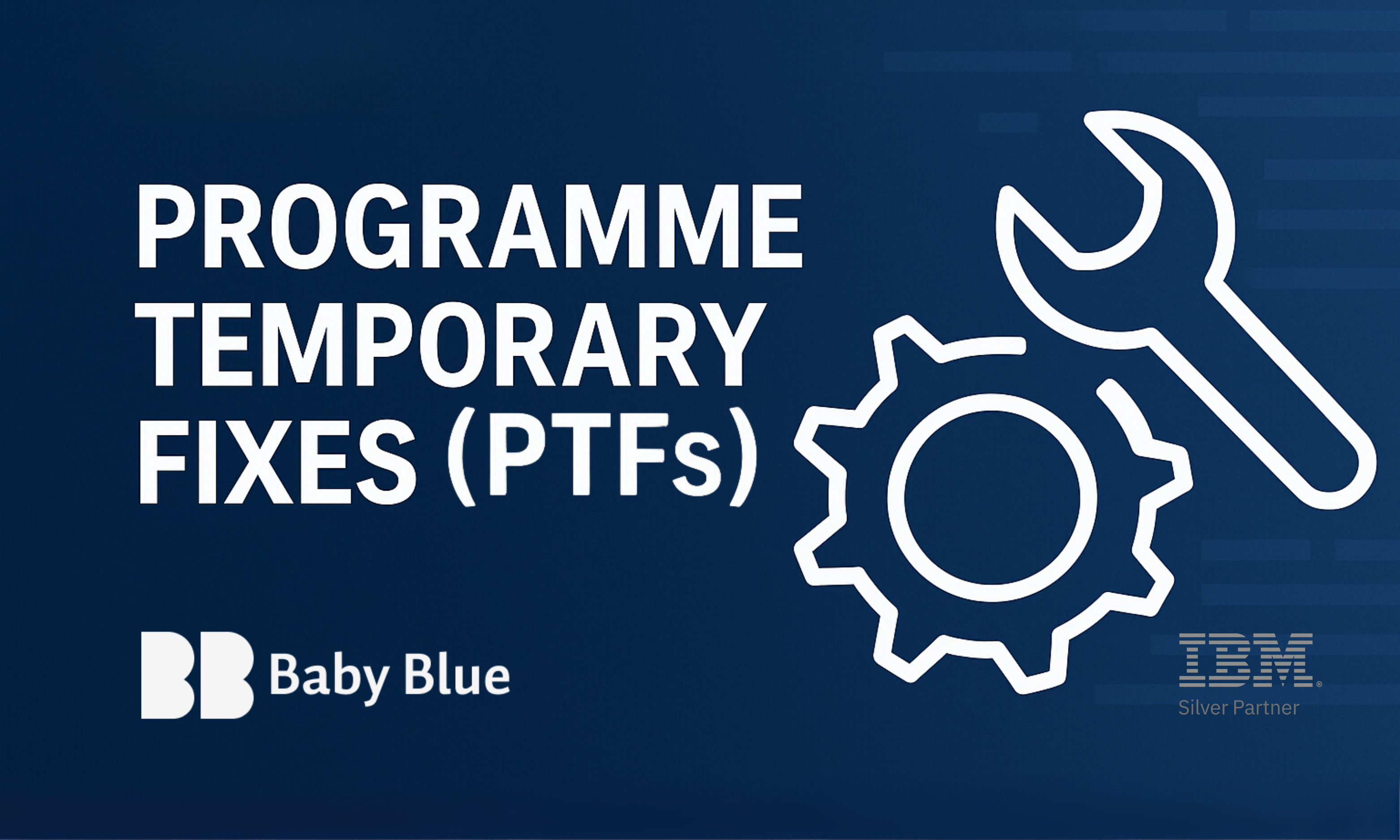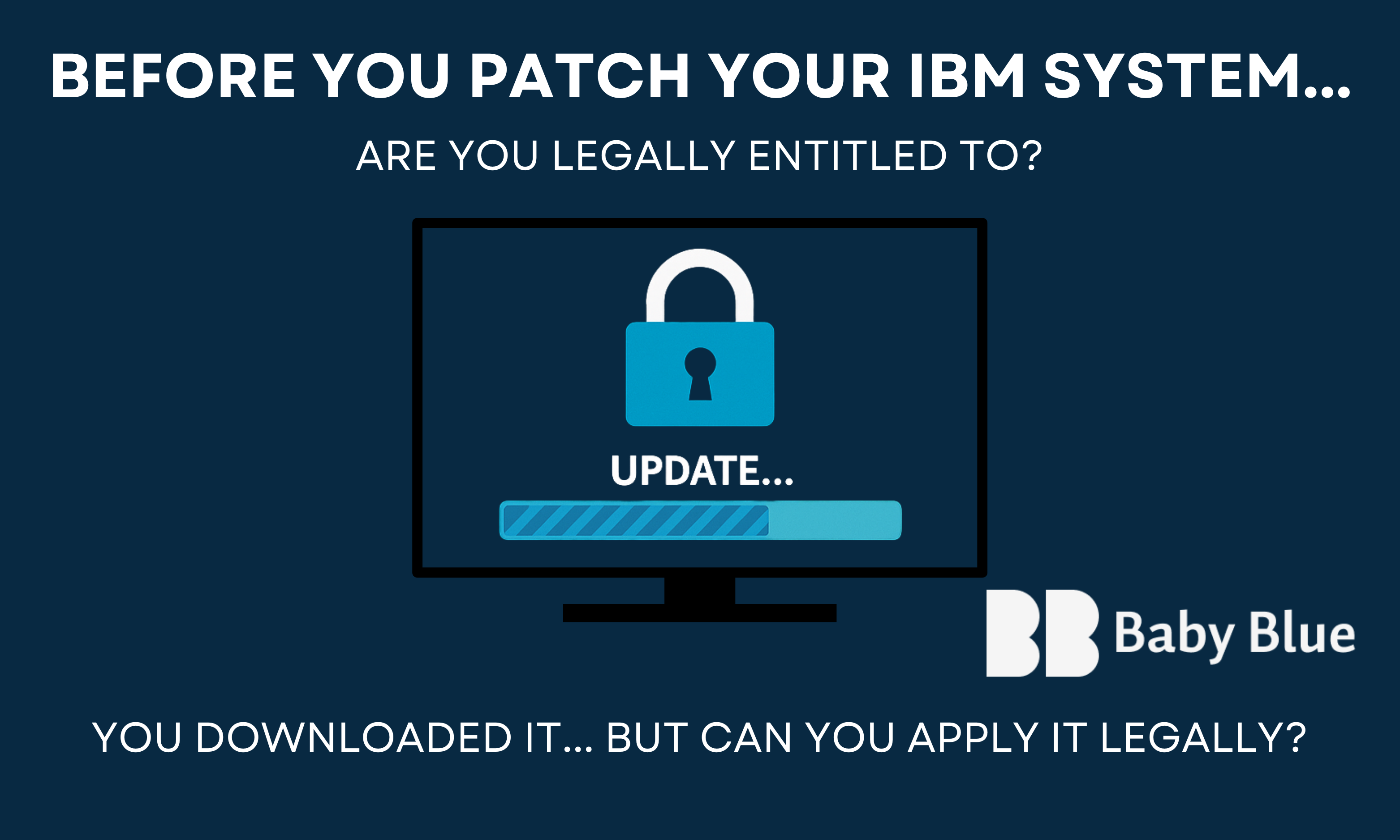Understanding IBM i PTFs and Why IBM Software Maintenance Matters
19 September 2025 - 6 Minute Read
Programme Temporary Fixes (PTFs) have been part of running IBM operating systems for decades, from the early AS/400, through the iSeries, and now as IBM i running on modern IBM Power Systems. No matter the generation, PTFs have always played the same critical role: delivering fixes, updates, and improvements that keep these business-critical systems secure, stable, and supported.
To those unfamiliar, it might sound like technical jargon, but in reality PTFs are the lifeblood of a healthy IBM i environment. They are IBM’s way of distributing bug fixes, security updates, and performance improvements to keep your systems running reliably.
A useful way to think about PTFs is to compare them with Microsoft software updates. Just as your Windows servers and PCs need regular patches to fix vulnerabilities and add stability, IBM i needs PTFs. The difference is that IBM wraps these fixes in a highly structured, tested, and support-driven framework.
What are IBM i PTFs?
PTFs are essentially patches for IBM i and its licensed programmes. They are released by IBM when issues are discovered after a product has been shipped, ranging from minor bugs to critical security vulnerabilities or performance refinements.
IBM delivers PTFs across three key layers:
- Licensed Internal Code (LIC): The low-level firmware beneath IBM i
- Operating System (OS): The IBM i platform itself
- Licensed Programmes: IBM’s suite of add-on tools and applications
Unlike ad hoc patches, IBM’s PTFs are thoroughly tested and validated. They’re called “temporary” because the changes are normally integrated into the next major OS release but in practice, they’re essential for maintaining system currency and stability.
Types of PTFs
IBM categorises fixes in several ways:
- Single PTFs: Individual fixes for specific issues
- HIPER PTFs (High Impact/Pervasive): Urgent fixes for critical issues
- Cumulative PTF Packages: Bundles that include fixes for the OS, LIC, and most licensed programmes, similar to Microsoft’s cumulative updates, simplifying system maintenance
Applying PTFs
PTFs can be applied in two modes:
- Temporary: For testing; can be removed if necessary
- Permanent: Integrated into the system irreversibly
PTF management is done via tools such as IBM Navigator for i or the green-screen GO PTF menu.

⚠️ Access vs Entitlement
Whether you can technically download and install PTFs does not mean you’re legally entitled to use them.
IBM makes PTFs available via Fix Central, and many system administrators know they can access them. But only with a valid Software Maintenance Agreement (SWMA) are you entitled to use them.
IBM’s official Software Maintenance terms, which govern entitlement, including access to PTFs, are outlined in the International Agreement for Acquisition of Software Maintenance: IBM PDF.
Without SWMA:
- Downloading or applying PTFs is a breach of IBM licensing
- You expose your organisation to compliance risks, audit issues, and lack IBM support if entitlement is not in place
In other words, just because your login allows you to download a fix, that does not automatically grant the legal right to apply it. This is similar to downloading Microsoft updates without having a valid Windows licence, the technology might not immediately prevent it, but it would not be lawful or compliant.
Why IBM Software Maintenance is Essential – Beyond OS Keys
Many IBM i users with an active SWMA believe it merely gives them access to the latest OS release keys, but that’s only part of the story. In reality, SWMA also provides:
- Access to PTFs and cumulative fix packages
- Entitlement for Technology Refreshes (TRs)
- Rights to upgrade paths
- Eligibility for entitlement transfers
- And access to IBM’s support services, including defect analysis and troubleshooting
SWMA isn’t just about staying current with the OS, it’s critical for keeping your system secure, supported, and audit-ready.
Compliance in Highly Regulated Industries
For organisations in sectors such as financial services, healthcare, utilities, and government, maintaining PTF access is not only good IT practice, it’s often a regulatory expectation.
However, IBM i is sometimes overlooked because it’s seen as a legacy platform and not as familiar as Microsoft or Linux systems. This misperception can lead to dangerous gaps in controls, especially when regulators don’t realise that IBM i systems still underpin core transaction processing, sensitive data management, and even statutory reporting.
Letting SWMA lapse on these systems not only creates operational risk, but may also result in non-compliance findings during audits if patching and vendor support access are expected controls.
Drawing the Parallel with Microsoft
Imagine running a Windows server environment where you deliberately disable Windows Update and never apply a security patch. Within weeks, you’d be vulnerable to malware, data breaches, and instability.
Running IBM i without SWMA and hence without access to PTFs, is no different. But because IBM i often underpins critical business functions, the impact can be far more severe. Staying current with PTFs isn’t just about agility, it’s about preserving business integrity.
The Bottom Line
PTFs are not optional, they’re a vital component of IBM i lifecycle management. They deliver bug fixes, security updates, and support pathways. However, unlike Microsoft, IBM ties PTF entitlement to an active Software Maintenance Agreement, so access without SWMA is not just unsupported, it is unlawful.
For organisations relying on IBM i, especially in regulated environments, keeping SWMA active is not merely about software updates. It is about maintaining security, compliance, and the reliability of the platform itself.
How Baby Blue Can Help
At Baby Blue IT Consulting, we help organisations assess the state of their IBM i environments, verify their entitlement status, and ensure they have uninterrupted access to the PTFs needed to keep systems secure and compliant.
Whether you need to review your current Software Maintenance coverage, prepare for an audit, or simply gain clarity on where you stand, Baby Blue can provide independent guidance and practical steps to safeguard your IBM i platform so get in contact.
About the Author

Chris Smith
Chris Smith is a sales leader and consultant with over 30 years of experience in IT managed services. With a background in IBM hardware maintenance, he transitioned from field engineer to sales and marketing director, creating the foundations for Blue Chip Cloud, which became the largest IBM Power Cloud globally at the time. Chris played a key role in the 2021 sale of Blue Chip and grew managed services revenue by 50%. He’s passionate about building customer relationships and has implemented Gap Selling by Keenan to drive sales performance. Now, Chris helps managed service providers and third-party maintenance businesses with growth planning and operational improvement.
LinkedIn




